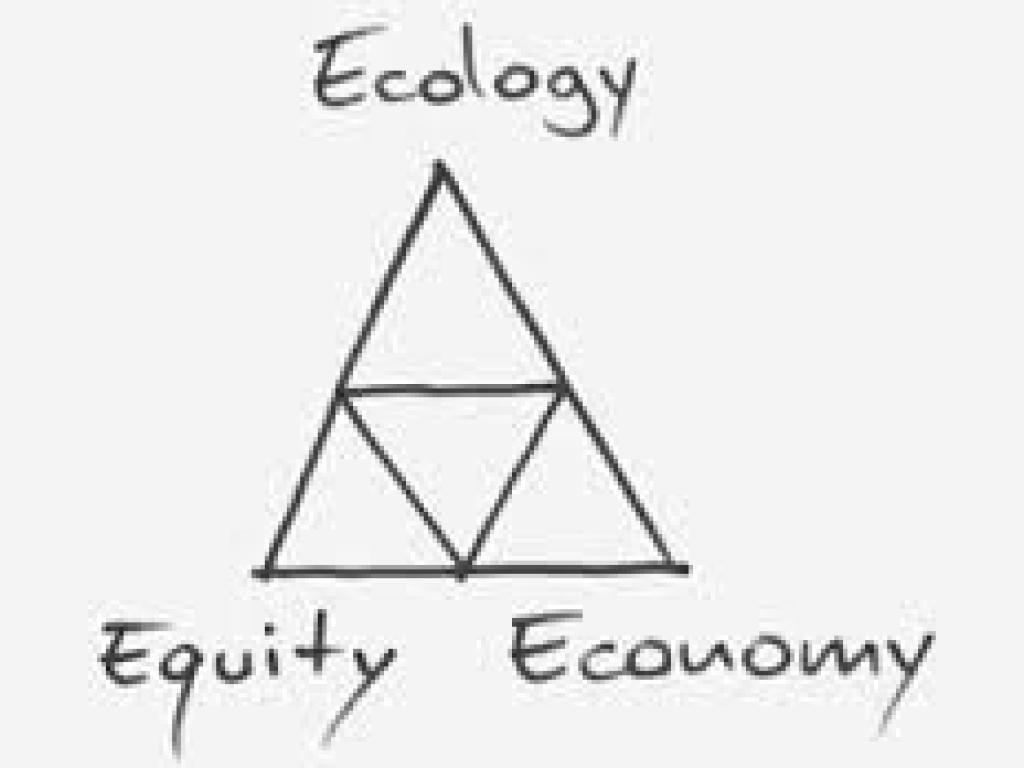Cradle to Cradle: a possibility?

by Lucia Scodanibbio
What would the world look like if those who supplied us with goods were ultimately responsible for their disposal once they were no longer “of use” to the consumer? What if they were responsible for the disposal of the entire product – including those chemicals present in a part per million – and for every by-product that emerged during the production process? Including liquid and solid effluents; including greenhouse gases; including carcinogens, immune and endocrine disruptors, allergens and mutagens. What if, in addition, their own suppliers, up the chain were to apply these same principles?
Would their production processes utilise materials that required the use of skulls and black crosses on an orange background on their labels? Would these companies favour fossil fuels over renewables? Would they produce cheap, mass-produced goods that break after a few uses so that you would bring the product back to them? Would these merchandises be waste-dump candidates, or be composed of materials that can either be recycled in nature, through biodegradation, or be re-inserted in the production chain? Would these companies be surrounded by polluted wastelands, or thriving ecosystems which help to filter and purify their effluents, deter the formation of heat islands and make for a healthier, richer environment for those in the surroundings?
Would these companies, in this case, not be suppliers of services, rather than being suppliers of goods? And would they not be stewards of our health and our environment, instead of only profit-seeking machines?
Imagine a world where one’s broken washing machine, telephone or light bulb was taken back by the producer and a new one given to the customer, at no cost. These companies would be sellers of the service of cleanliness, communication, light – for perpetuity. And in the process, they would be ensuring our sustainability and that of our children and other species.
Although this sounds utopic – and at best is – right now, these principles are being advocated by the promoters of the circular economy and closed-loop systems, through the Cradle to Cradle approach[1]. William McDonough and Michael Braungart – an architect and a chemist – have looked to natural ecosystems to find tips that can be used to radically transform our production processes (See Figure 1). These include the principle that there is no waste in the environment, as what is excrement for one organism is food for a different one, which is recycled in a continuous cycle. Thus, the cradle to cradle framework classifies materials used in industrial processes as either technical nutrients, or biological ones. The former are continuously re-utilised in the production process, with the caveat that they are not harmful for people or the environment. The latter are organic materials that decompose. Similarly, the principle that ecosystems use an infinite energy source, the sun, is adopted to promote the use of renewable energy to power industrial processes.

Figure 1: Cradle to Cradle concept (Source: http://methodhome.com/greenskeeping/c2c-process/)
Although this may seem far-fetched, this year the circular economy was a key topic in the World Economic Forum in Davos, where 23 of its sessions were dedicated to climate change. One of these sessions advocated decoupling economic growth from resource consumption, through the use of renewable energy and closed loop material flows. Companies in the like of Ford and Nike are already exploring these principles and implementing them in an experimental way; in the process, they are discovering that biomimicry can make business sense, as costs can be reduced and profits can rise.
So what would happen if these principles were to be institutionalised? What would happen if all companies were to innovate because they discovered it makes business sense? Who would benefit? Them? Our natural resources; our climate; our families’ health? Us?
Thumbnail: http://www.inggroup.com.au/cradle2cradle.html
[1] McDonough, W. & M. Braungart. 2010. Cradle to cradle: Remaking the way we make things. MacMillan.